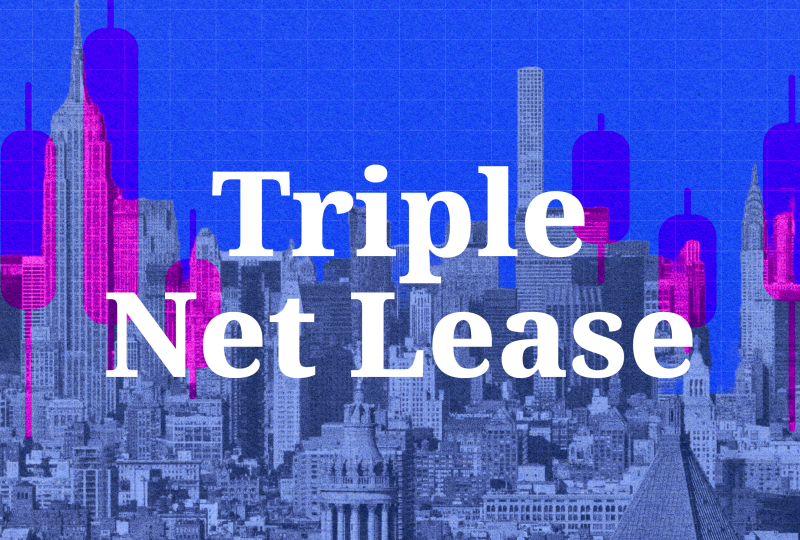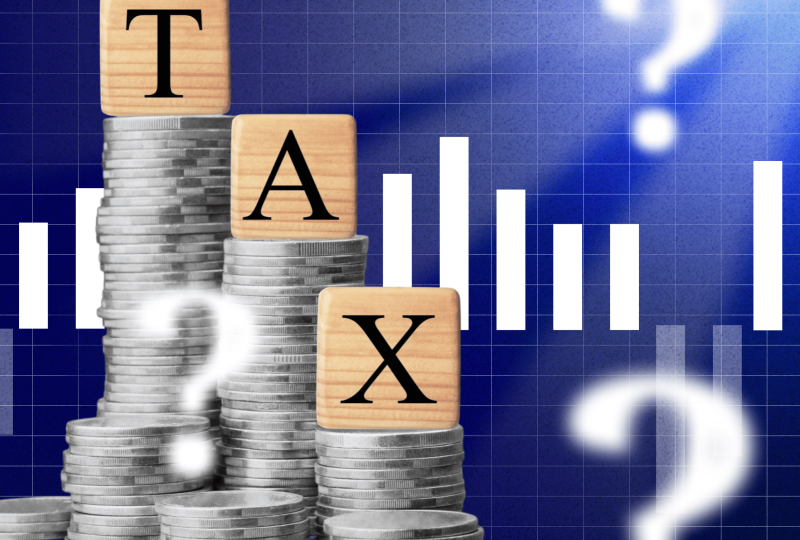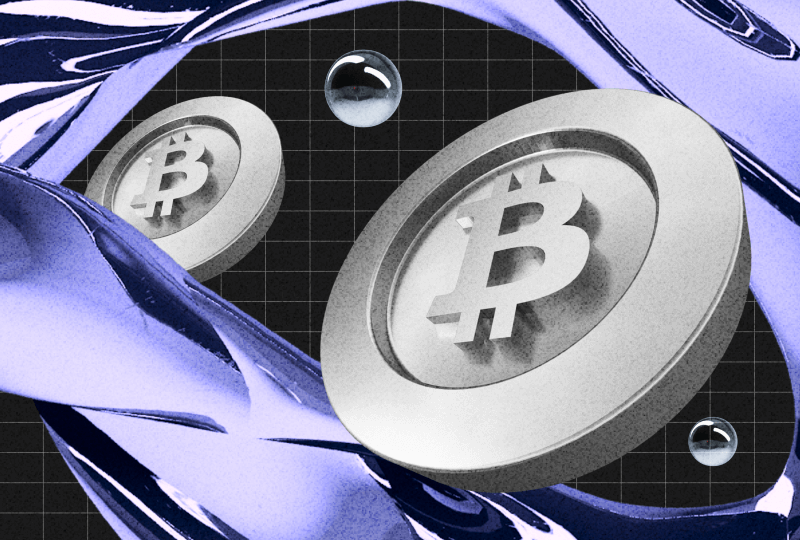Solana Firedancer: Solving Solana’s Biggest Problems with a New Engine
May 12, 2025
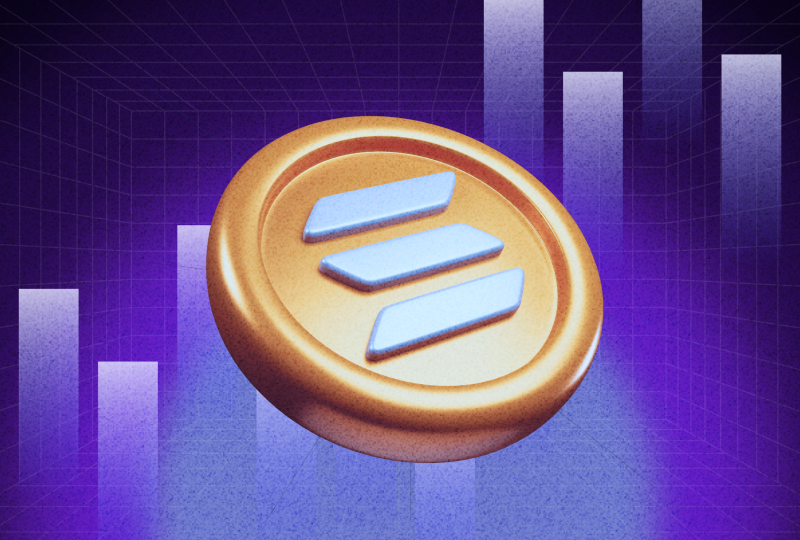
Solana is known for its high transaction throughput and low fees, but has faced performance and stability challenges, especially during periods of network congestion. To address these issues, Solana needs both faster processing and greater infrastructure resilience.
Solana Firedancer, an independent validator client built by Jump Crypto, directly targets these goals. In 2024, Firedancer achieved over 1 million transactions per second (TPS) on a Solana testnet, demonstrating a major leap in potential network capacity.
This article explains what Solana Firedancer is, why it matters, and how it could change the future of the Solana ecosystem.
Key Takeaways:
- Firedancer is a new, independent Solana validator client built by Jump Crypto to boost network speed, efficiency, and resilience.
- It addresses Solana’s critical “client monoculture” risk by offering an alternative to the original Solana Labs validator software.
- Firedancer is engineered in C++ for extreme performance, with early tests suggesting a huge increase in transaction throughput.
- The rollout is cautious and phased, with full mainnet adoption expected between late 2025 and 2026 following rigorous testing and audits.
What Solana’s Engine Room is & Why One Engine Isn’t Enough
To get why Firedancer is such a big deal, you need a basic picture of how Solana works. It uses a mix of Proof-of-Stake (PoS), where validators lock up SOL to secure the network, and its unique Proof-of-History (PoH). PoH is a verifiable timestamp system that lets validators process transactions much more efficiently, leading to Solana’s famously high TPS.
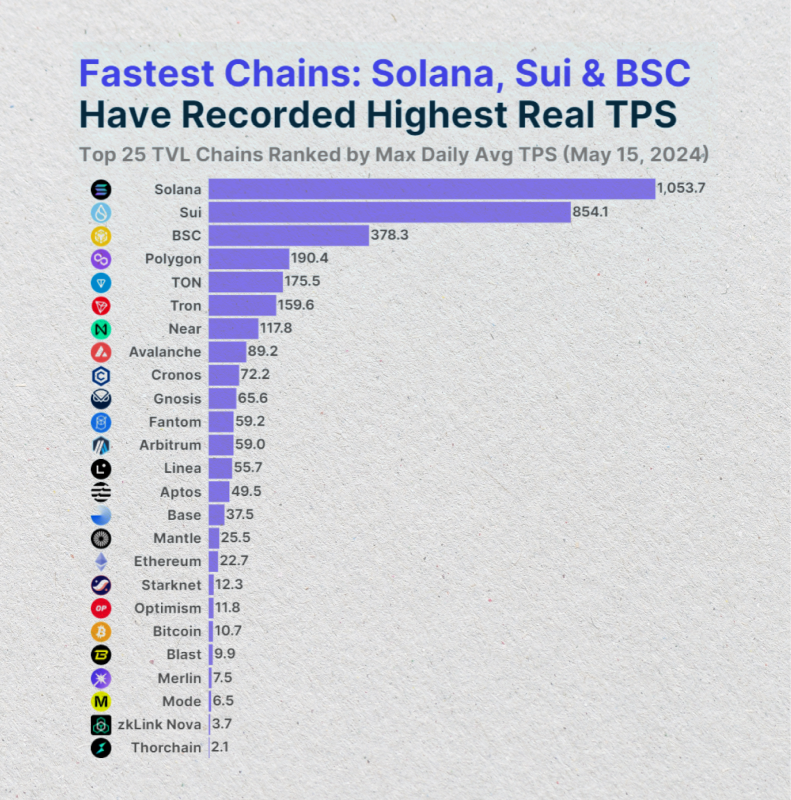
The network runs on the backs of the Solana validator community – powerful computers spread globally running a software called a “validator client.” These validators do the heavy lifting: executing code (smart contracts), checking and confirming transactions, and adding new blocks to the chain. They’re essential for keeping Solana secure and operational.
What Is the Problem?
Until Firedancer arrived, almost all these validators were running the same client software, mainly developed by Solana Labs and written in Rust. This created a risky situation known as “client monoculture.” Imagine if every plane in an airline’s fleet used the exact same engine design. If a major flaw were found in that engine, the entire fleet could be grounded.
Similarly, if a critical bug hit the main Solana client, it could potentially crash the whole network because nearly every validator would be affected. This wasn’t just theory – some of Solana’s past outages between 2021 and 2023 were made worse by this lack of diversity.
Mature blockchains like Ethereum learned this lesson and now have multiple independent validator clients built by different teams, often in different programming languages (Go, Rust, Java, C#). If one client has a serious bug, validators running the others can keep the network chugging along. It drastically improves resilience.
Firedancer is Solana’s direct answer to this monoculture problem, aiming to build a much more robust network.
So, What Exactly is Solana Firedancer?
Firedancer is a completely new validator client developed independently by Jump Crypto, a part of the major global trading firm Jump Trading Group. These individuals possess extensive expertise in designing ultra-fast, high-performance systems for the demanding world of high-frequency trading (HFT). Their involvement signals a strong institutional commitment to hardening Solana’s infrastructure.
One of the biggest differences is the tech stack. While the original client uses Rust, Firedancer is primarily built using C and C++. This wasn’t an accident. C/C++ are famous for raw performance and giving developers very precise control over computer resources (memory, CPU). This kind of low-level optimization is crucial in fields like HFT, where every microsecond counts. The Firedancer team believes using C++ can squeeze out significant performance gains that might be harder to achieve otherwise.
The main goals behind Firedancer are pretty ambitious:
- Massive Speed Boost: Dramatically increase Solana’s potential TPS and cut down the time it takes to confirm transactions (latency). Early tests showed eye-popping numbers, though real-world results will naturally vary.
- More Efficient: Use hardware resources (CPU, memory, network) more effectively. This could potentially lower the cost of running a validator or let existing hardware handle much more traffic.
- More Reliable: Provide that crucial alternative client to make the whole network more stable through client diversity.
- Easier to Maintain: Designed in a modular way, which could make updates, security audits, and fixes easier down the road.
It’s important to stress: Firedancer is not a fork of Solana. It follows all the same network rules and protocols. Validators running Firedancer can talk perfectly fine with validators running the original Solana Labs client.
Why Firedancer is a Game-Changer: The Key Benefits
Firedancer promises real benefits that could significantly shape Solana’s future:
- A Huge Leap in Speed and Scale
Firedancer’s main promise is pushing Solana’s performance limits way higher. Built by HFT experts, it uses techniques designed for extreme speed. While those initial testnet results (over 1 million TPS!) need context (they were under perfect conditions), even a significant fraction of that on the live network would be a massive improvement.
A faster, more scalable Solana could easily handle more complex DeFi applications, busier NFT marketplaces, demanding blockchain games, and even large-scale payment systems all running at once, without the network slowing to a crawl or fees spiking during busy times. Quicker transaction finality also just makes everything feel better for users.
- Making the Network More Bulletproof
In the short term, this might be Firedancer’s most vital contribution. By offering a truly independent alternative to the main Solana Labs client, it directly addresses that dangerous client monoculture risk.
If a major bug hits Firedancer, validators on the Solana Labs client keep things running. If the Solana Labs client has a problem, Firedancer nodes keep the network alive. This redundancy dramatically lowers the chance and impact of future network-wide outages, building much-needed confidence.
- Boosting Efficiency (and Maybe Decentralization)
Firedancer aims to be leaner and meaner in how it uses computer resources. If it successfully optimizes CPU, memory, and data handling, running a validator could become cheaper or require less powerful hardware.
This increased efficiency could make it affordable for more people and organizations globally to run validators. Over time, this could lead to a more diverse and decentralized group securing the network, which is good for security and resisting censorship.
- Sparking More Innovation
Having multiple top-tier teams (Jump Crypto with Firedancer, Solana Labs with their client) competing to build the best validator software creates a healthy dynamic.
This competition pushes each team to innovate faster, optimize more aggressively, add features, and fix bugs quicker. Different approaches (C++ vs. Rust) might also uncover new solutions that benefit everyone. It accelerates the overall improvement of Solana’s core technology.
Where Firedancer Stands Now
Building a new validator client for a network like Solana is a massive job involving tons of testing. As of early 2025, Firedancer has come a long way but isn’t yet running widely on the main Solana network (mainnet).
Current Status: Firedancer has been running on special testnets for a while now. This allows developers and validators to thoroughly test, identify bugs, measure performance, and ensure compatibility with the existing Solana client and protocol. Feedback from testing has generally been positive, showing good performance, but these are still controlled environments. Crucially, security audits of Firedancer’s code are ongoing – a non-negotiable step before mainnet use.
- The Rollout Plan (Expect Caution): Don’t expect a big “flip the switch” moment. Launching Firedancer on the mainnet will likely be slow and careful, probably in phases:
- Internal Tests & Audits: Already happening.
- Limited Mainnet Beta: A small group of trusted validators running it live, monitored closely.
- Wider Opt-in Beta: More validators choosing to run it, maybe starting with non-voting nodes or representing a small percentage of network stake.
- General Availability (GA): Only after it’s proven stable and performant on mainnet for a good while will it be open for any validator to use.
What About the Release Date?
Pinning down an exact date for full GA is tricky. Big infrastructure projects like this depend on successful testing, passing rigorous security audits, and hitting stability targets. Based on progress seen through 2024, we might expect mainnet beta phases during late 2025, potentially leading to wider availability sometime in 2026.
However, these are just estimates. Timelines can slip to ensure network safety. Always rely on official updates from Jump Crypto or the Solana Foundation for the latest info.
How Firedancer Changes Things for Solana Validators
Validators, the network operators, will have a new choice once Firedancer is proven on mainnet: stick with the established Solana Labs client or make the switch. Some might even run both.
What drives their decision? Proven performance on mainnet (speed, latency), demonstrated stability, the quality of support from Jump Crypto, how easy it is to manage, and whether it changes their hardware costs or potential rewards. The real network benefits of client diversity, however, only kick in if a significant number of validators (representing a good chunk of the total staked SOL) actually adopt Firedancer. So, watching the adoption rate will be key.
Potential Roadblocks and Risks
Despite the excitement, Firedancer isn’t guaranteed smooth sailing. There are real challenges:
- Bugs Happen: Building complex software like this from scratch is incredibly hard. Unexpected bugs could still pop up, potentially impacting the network.
- Security is Paramount: Extensive, ongoing security audits are crucial, but they can’t offer a 100% guarantee against vulnerabilities.
- Getting Validators to Switch: Convincing operators to move from a known client to a new one takes time and solid proof of Firedancer’s stability and benefits.
- Keeping Up with Solana: The core Solana protocol evolves. The Firedancer team needs to constantly update its clients to stay compatible.
- Real-World vs. Testnet: Performance in the unpredictable live mainnet environment might not perfectly match testnet results.
How Firedancer Might Influence Solana’s Market Narrative

This is not investment advice or a specific Solana price prediction. Crypto markets are volatile and complex. That said, a successful Firedancer rollout could significantly shape how the market views Solana:
- Stronger Foundation: By tackling stability issues (via client diversity) and potentially smashing performance ceilings, Firedancer shores up Solana’s core tech promises.
- Better Reputation: Moving past the “Solana has outages” narrative and showcasing next-level performance could attract more developers, dApps, and users, potentially boosting demand for SOL.
- Competitive Edge: In the fierce Layer 1 battle, a super-fast, reliable Solana could stand out more clearly against competitors like Ethereum L2s, Aptos, Sui, etc.
- Long-Term Potential: While short-term price moves are anyone’s guess, Firedancer represents a major investment in Solana’s future capacity. If it delivers, it could fuel long-term ecosystem growth, a factor often considered in SOL’s long-term value. Market watchers will definitely see Firedancer’s progress as a key indicator.
Wrapping It Up
Firedancer is a completely new engine for Solana, built by Jump Crypto using C++ for maximum speed and efficiency. It aims to tackle Solana’s past stability issues head-on through client diversity while also unlocking potentially massive performance gains.
The full rollout onto mainnet is a careful, phased process likely extending through late 2025 and into 2026, but the potential is huge. For anyone involved in the Solana ecosystem – investors, builders, users – Firedancer is one of the most important developments to watch. If successful, it could make Solana significantly more robust, much faster, and a tougher competitor in the blockchain race for years to come.
FAQ:
What is Firedancer Solana?
Firedancer is a new independent validator client for Solana, developed by Jump Crypto using C++ to dramatically improve network speed, efficiency, and stability. It addresses Solana’s past issues with client monoculture by offering an alternative to the original validator software.
When is the Solana Firedancer release date?
Firedancer is currently undergoing testnet trials and security audits. A phased mainnet rollout is expected to begin in late 2025, with broader adoption likely into 2026.
How will Firedancer impact Solana’s scalability?
Firedancer is designed to significantly increase Solana’s transaction throughput and reduce latency, making the network more capable of supporting high-demand applications like DeFi, NFTs, and gaming at scale.
